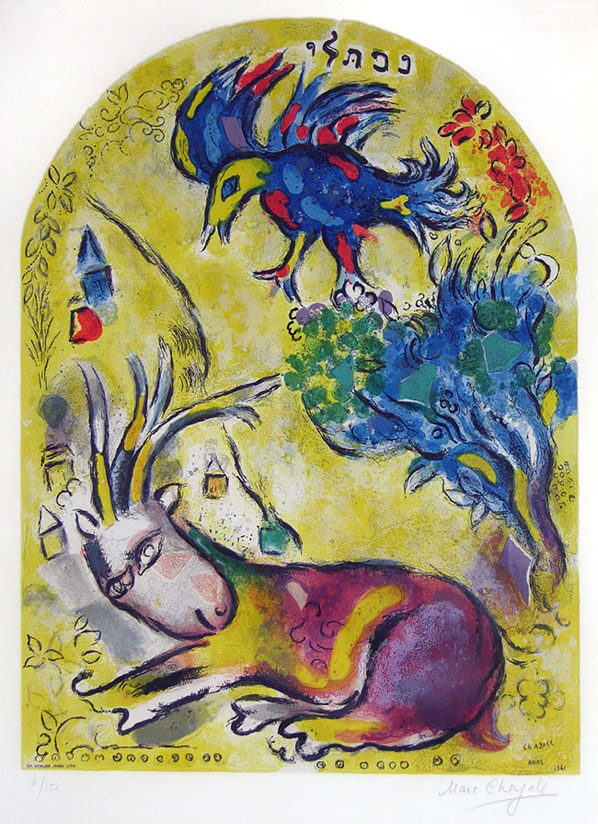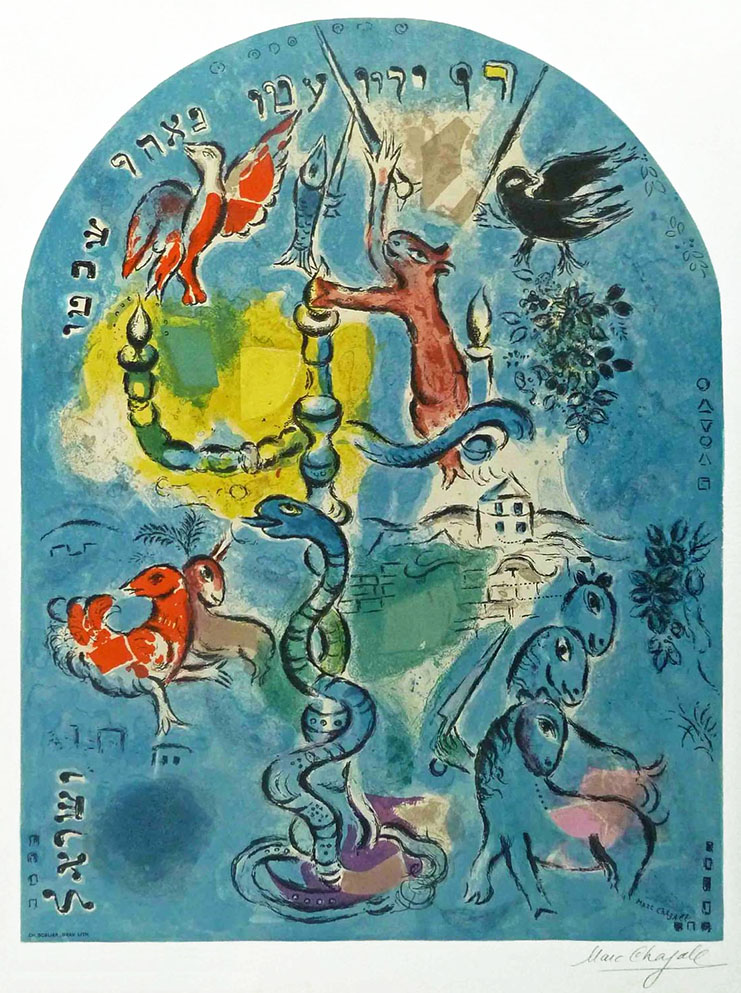Torah Study Date
Saturday, December 3, 2022
Verses Covered
Bereishit (Genesis) 49:14-18
Next Session
Saturday, February 10, 2022
Starting at Genesis 49:19
Last week we discussed Jacob’s poetic predictions about Issachar and Dan. We were impressed by the description of Issachar as a strong ass who, laying down among the hearths, saw that peace was good and that his country was pleasant–and, as a result of what he saw, determined to put his shoulder to the plow like a serf to make the country an even more pleasant place of rest. We were torn between two ways of interpreting the description of Dan, the judge. Does the snake metaphor portray him as clever and, therefore, judge of and first among the tribes of Israel? Or does it portray him, in a more negative light, as being judged by his people for being like a viper that deceives horses by biting from behind but, despite this, judged as one of the tribes of Israel? No matter which interpretation one takes, the final line in the Dan strophe suggests Dan will be a severe judge from whom those judged will need deliverance.
We noted various interesting facts along the way. For example, there is a Hebrew pun, “dan yadin” (Dan judges–as if it said ‘Dan dans’). Also, there are two words for snake (exact meanings and differences unclear) of which the second presumably is worse than the first (as a viper is an especially dangerous snake) providing an example of how parallelism is used to intensify meaning in Hebrew poetry. We discussed another stylist element of Hebrew poetry, terseness, and noted that it is created by leaving out words like ‘ha’ (the) and ‘et’ (the marker that what follows is a grammatical object). We discussed other topics as well but these were among the most central.
This week’s art features two more of Marc Chagall’s lithograph maquettes of the Jerusalem Windows, The Tribe of Naphtali (above) and The Tribe of Dan (below). The Naphtali maquette features the animal that represents him, a hind. A snake, the animal that represents Dan, is featured in the maquette below–along with the horses whose heels he is said, like a snake, to bite. Other animals and symbols are included as well. Though these maquettes are models for stained-glass windows, they are beautiful in their own right, especially in their striking use of color.


